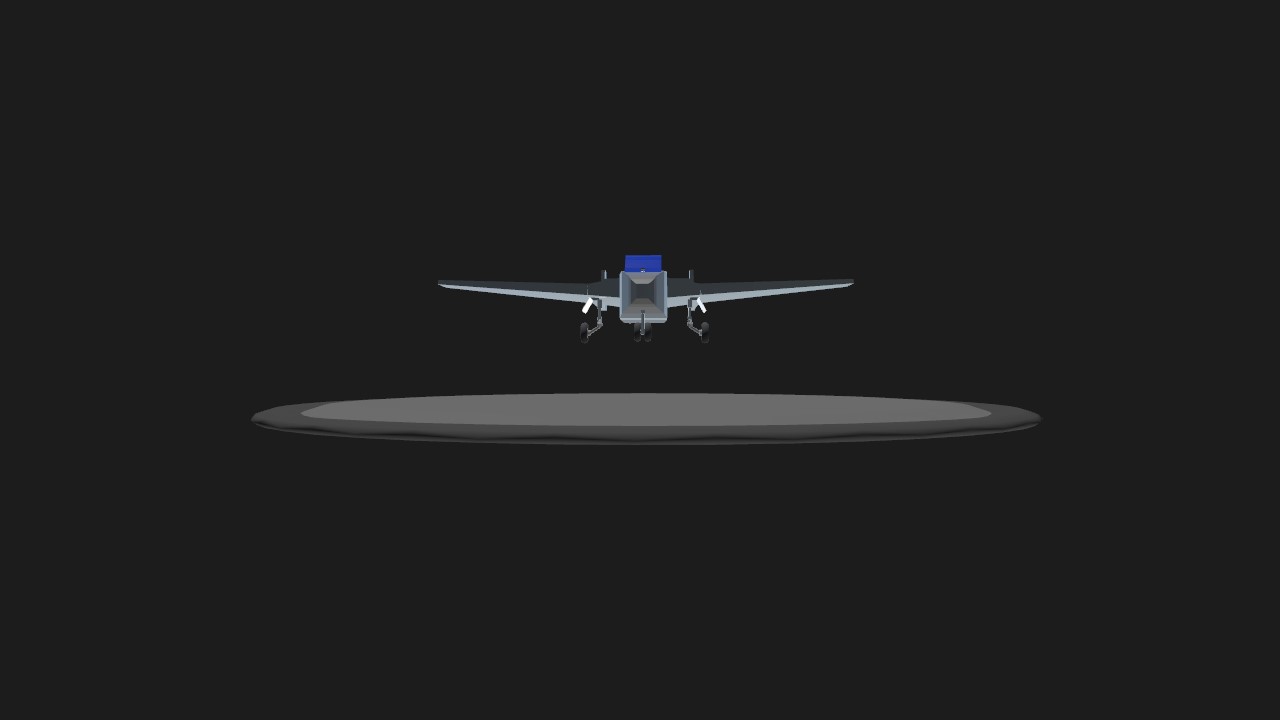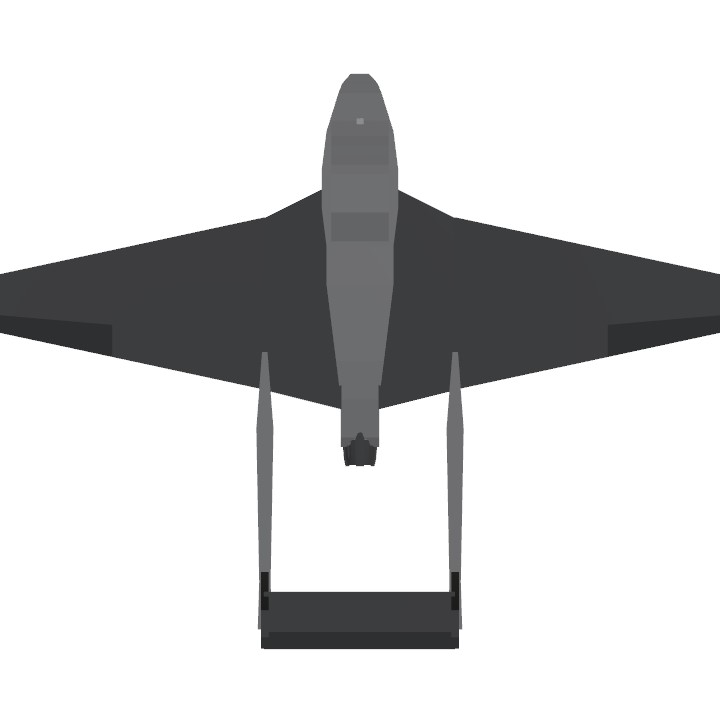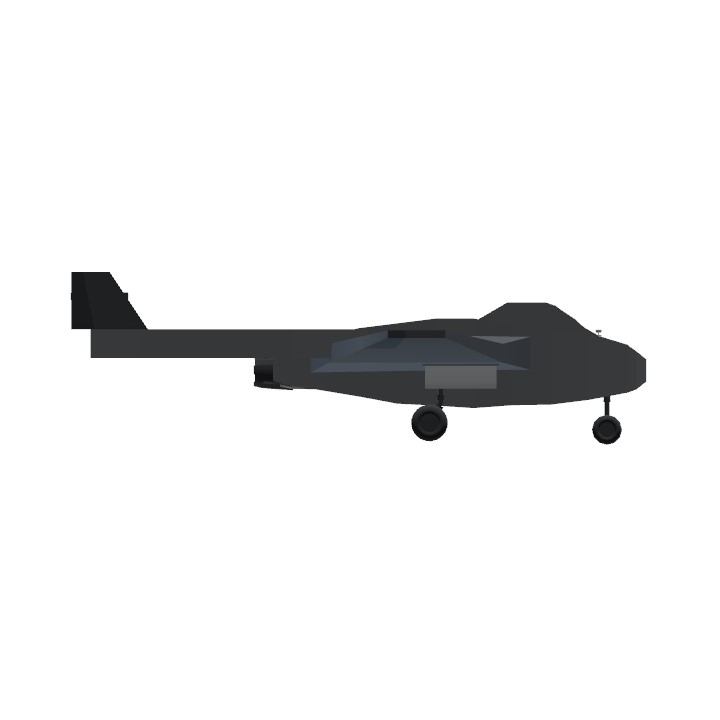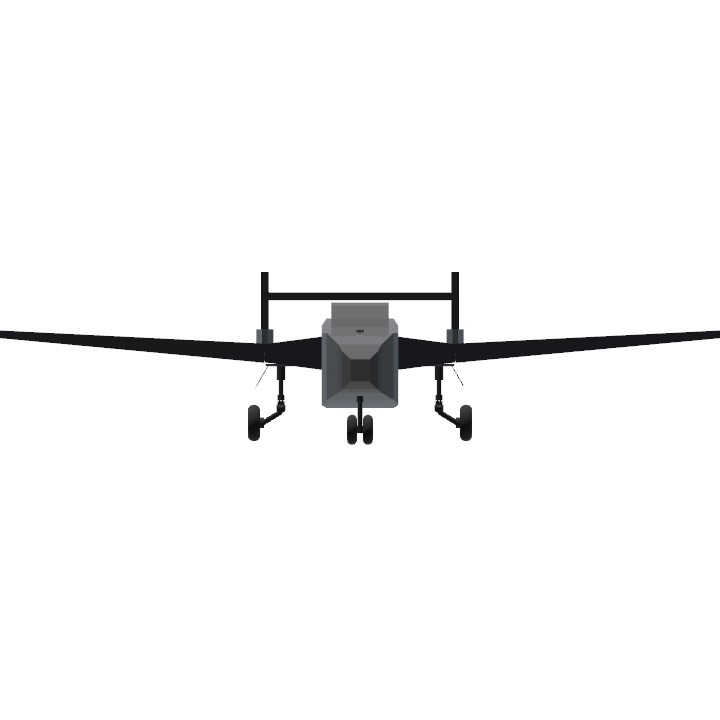Unlike the Meteor which had been designed for production, the Vampire began as an experimental aircraft. Under the E.6/41 specification, design work on the DH100 began at de Havilland in Hatfield, Hertfordshire , in mid-1942, two years after the Meteor.
Its original name was "Spider Crab" and it was a complete de Havilland project , using experience from using plywood for aircraft construction, as used in the Mosquito bomber . It was the last high-performance military aircraft made of wood and metal. It had a conventional design with straight wings and a single egg-shaped engine and aluminum -clad fuselage . Additionally, it had a distinctive tail formed by two bodies similar in shape to the P-38 .
It is a light, single-seat, subsonic single turbine engine fighter aircraft, it has two posts that extend from the wings and form a double tail, vertical rudder, with an elevator between the two rudders, armed with 4 cannons in front of the cockpit, in the lower part of the central fuselage, the air intake nozzles to the engine are on the side of the cockpit and at the beginning of the wings, integrated into the leading edges of the wings, like several later models of airplanes Made in the UK.
Production
Geoffrey de Havilland Jr., de Havilland chief test pilot and son of the company's president, piloted the LZ548/G prototype on its first flight on September 20 , 1943 at Hatfield. The flight took place just 6 months after the Meteor's initial flight. Additionally, the flight was delayed due to the need to ship the only available engine to Lockheed for replacement in the XP-80 prototype .
The Vampire Mk I did not fly until April 1945, which was mainly built by English Electric due to pressures on the de Havilland factories to work on other models. Although it entered RAF service quickly, it was still being developed towards the end of the war so the Vampire did not see combat in World War II. A total of 3,269 Vampire were manufactured in the United Kingdom and around a thousand units in other countries, although the exact number built in Italy is not known. It entered service in 31 air forces and fifteen versions of the aircraft were made.
Specifications
General Characteristics
- Created On Windows
- Wingspan 30.9ft (9.4m)
- Length 24.5ft (7.5m)
- Height 7.3ft (2.2m)
- Empty Weight 6,527lbs (2,960kg)
- Loaded Weight 7,594lbs (3,444kg)
Performance
- Power/Weight Ratio 1.479
- Wing Loading 37.6lbs/ft2 (183.5kg/m2)
- Wing Area 202.1ft2 (18.8m2)
- Drag Points 1867
Parts
- Number of Parts 46
- Control Surfaces 5
- Performance Cost 229






